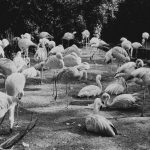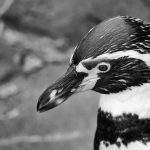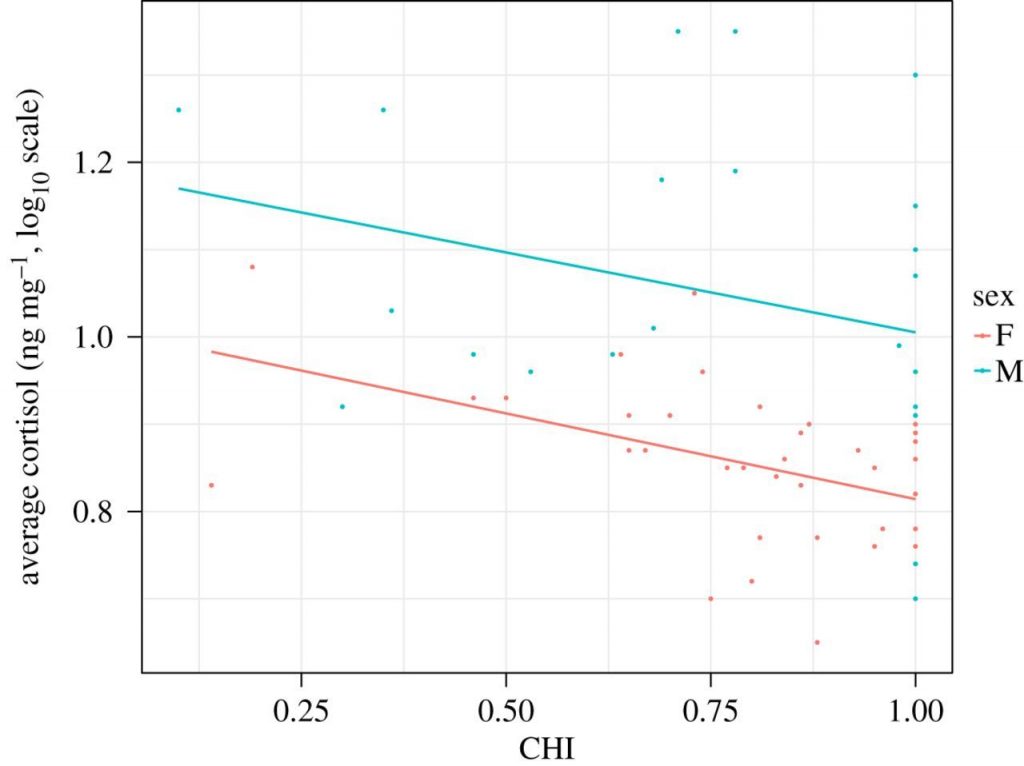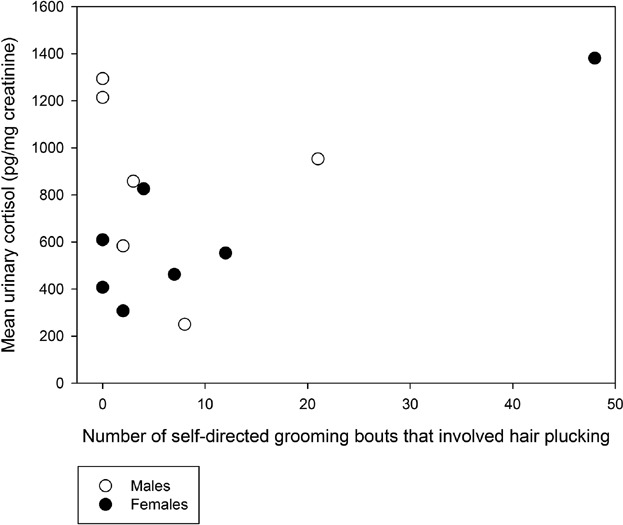The problem with zoo animal welfare
A visit to the zoo is an adventure full of learning and new experiences, especially for younger children. However, the large number of animals is one of the reasons for poor welfare standards in zoos; good welfare for lions and tigers does not mean the same standards apply for monkeys and elephants (Hill and Broom, 2009). Therefore, the following examples only address a small fraction of animals at a zoo. Future experiments surrounding welfare in captive animals must include other species that have not been studied. This will add to the pool of welfare knowledge in wild animals and aid to create a better environment for captive animals.



Methods of Assessing animal welfare
Cortisol
Cortisol levels have been seen to display the amount of stress that various animals in captivity experience (Cartliz et al., 2016; Yamanshi, 2018). Cortisol levels can be obtained from many locations and researchers have found reliable readings in blood, hair and fecal samples (Levine et al., 2007; Rajagopal et al., 2011; Schell et al., 2017).
A study done with chimpanzees created the Chimpanzee-Human Interaction (CHI) Index to study various factors based on the interaction these animals have had with people (Freeman and Ross, 2014). The CHI is a value on a scale from 0-1.0 which is calculated as a portion of human contact over the span of their entire lives (Freeman and Ross, 2014). For instance, a wild chimpanzee which has never been in contact with a human would have a score of 0; a chimpanzee who was born in a lab and experienced humans their whole life would have a score of 1 (Freeman and Ross, 2014). A study using the CHI investigated the cortisol levels of captive chimpanzees with respect to the time they have interaction with humans (Jacobson et al., 2017). It was found that as human interactions decreased, the cortisol levels decreased as well (Jacobson et al., 2017). The results of this study suggest that frequent visitors to the zoo and close to the animals can induce stress in chimpanizees (Jacobsen et al., 2017).

(Jacobson et al., 2017)
Human interactions have been shown to affect the cortisol levels in other captive animals as well. The cortisol levels in the Indian Blackbuck (Antelope cervicapra L.) varied dramatically based on the number of guest at the Arignar Anna Zoological Park in Chennai, India (Rajagopal et al., 2011). Researchers in this experiment collected fecal samples during various visitor densities and found increase cortisol levels in days where visitor density where high and normal cortisol levels when there was none or a low number of visitors (Rajagopal et al., 2011).
Stereotypic Behaviors
Licking of non-food objects are the predominant stereotypical behaviors in giraffes and okapi, a close relative of giraffes (Bashaw et al., 2001). Bashaw et al. sent out surveys to zoo institutions investigating the stereotypical behaviors in captive giraffes and okapi (2001). Of the surveys sent out, 49 institutions responded with a total of 257 individuals (Bashaw et al., 2001). Upon analysis, they found that 72.4% of the animals were displaying repetitive licking behavior with no apparent motive (Bashaw et al., 2001).
The following video shows an examples of what stereotypic licking behavior looks like. Please play from 0:00 to 0:25.
Hair plucking is an abnormal behavior in which animals will self-direct harm towards themselves and/or other members of the same species (Reinhart et al., 2005). The action involves pulling the hair off the skin and most often ingesting the hair during the process (Reinhart et al., 2005). This is a reflection of chronic stress and which are only seen in laboratory and captive animals (Rerinhart et al. 2005). A study by Brand et al. revealed that hair plucking behaviors correlated with hair cortisol in captive bonobos (2016). The graph below shows that hair plucking displayed a positive correlation among female bonobos in which increased cortisol levels were associated with increased hair plucking behaviors (Brand et al., 2016).

(Brand et al., 2016)
